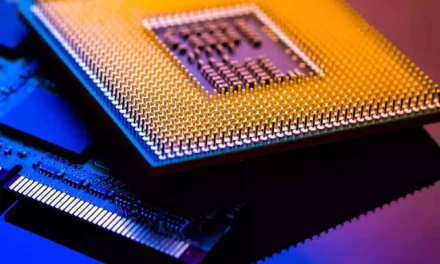India’s semiconductor sector is witnessing a surge in foreign investments as global players seek to tap into the country’s growing demand for advanced semiconductor components. With the Indian government’s incentives and policies aimed at promoting self-reliance in the semiconductor industry, India has become an increasingly attractive destination for foreign companies looking to establish manufacturing plants, research and development (R&D) centers, and assembly units. This influx of foreign investments marks a pivotal moment for India’s technology landscape, positioning it as a key player in the global semiconductor supply chain.
The government’s $10 billion semiconductor incentive scheme, which provides financial subsidies, tax exemptions, and infrastructure support, has been instrumental in attracting multinational semiconductor manufacturers to India. Companies like Foxconn, Intel, and Qualcomm are already making significant investments in establishing semiconductor fabrication plants, assembly lines, and packaging units in the country. This investment wave not only addresses India’s import dependency for semiconductor chips but also strengthens the nation’s manufacturing capabilities in high-tech sectors such as consumer electronics, automotive systems, and telecommunications.
In addition to global semiconductor giants, the Indian government’s policy to encourage foreign direct investment (FDI) in the sector has spurred the establishment of joint ventures and partnerships between Indian firms and international companies. These collaborations focus on both the design and production of advanced chips and other critical semiconductor components, fueling innovation and driving forward technological advancements in sectors like artificial intelligence (AI), 5G communications, and electric vehicles. Foreign investments are also helping to build a strong domestic supply chain, reducing India’s reliance on imports and making the country more competitive in the global semiconductor market.
The rise in foreign investments in India’s semiconductor sector is not just limited to large corporations but extends to startups and SMEs focusing on semiconductor design, materials research, and innovative packaging solutions. As India continues to develop its semiconductor ecosystem, the growth of local talent and the expansion of R&D facilities are expected to drive future innovation and market competitiveness. India’s focus on sustainable manufacturing practices, coupled with its expanding skilled workforce, positions it as an attractive hub for investments in green technologies within the semiconductor industry.
This influx of foreign capital and technological expertise is accelerating India’s ambition to become a global semiconductor powerhouse. The country’s expanding semiconductor sector is poised to make a significant impact on the global technology supply chain, providing not only economic benefits but also technological sovereignty. With its favorable policies, strategic location, and growing manufacturing ecosystem, India is well on its way to becoming a dominant force in the global semiconductor industry, attracting more foreign investments in the coming years.














